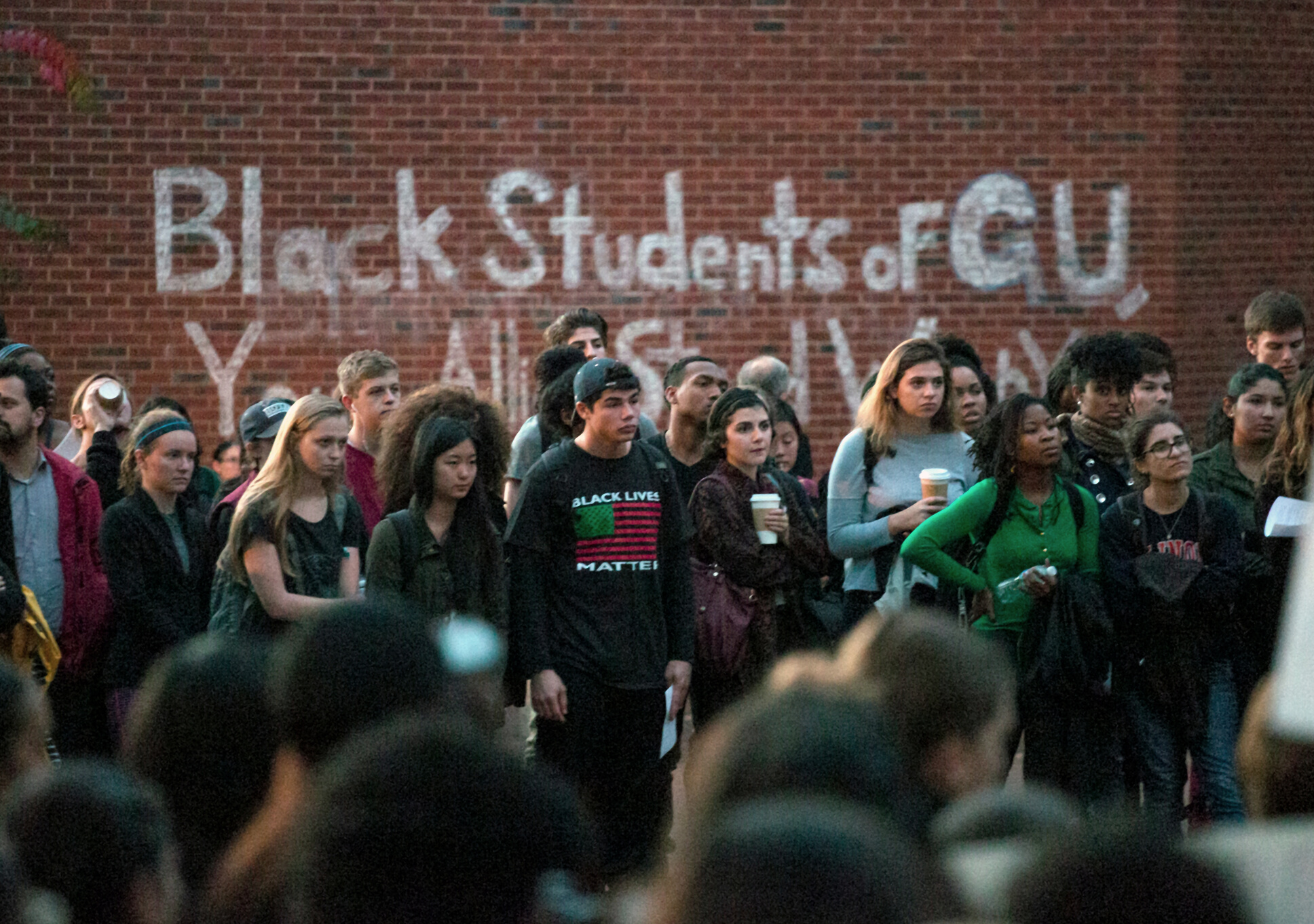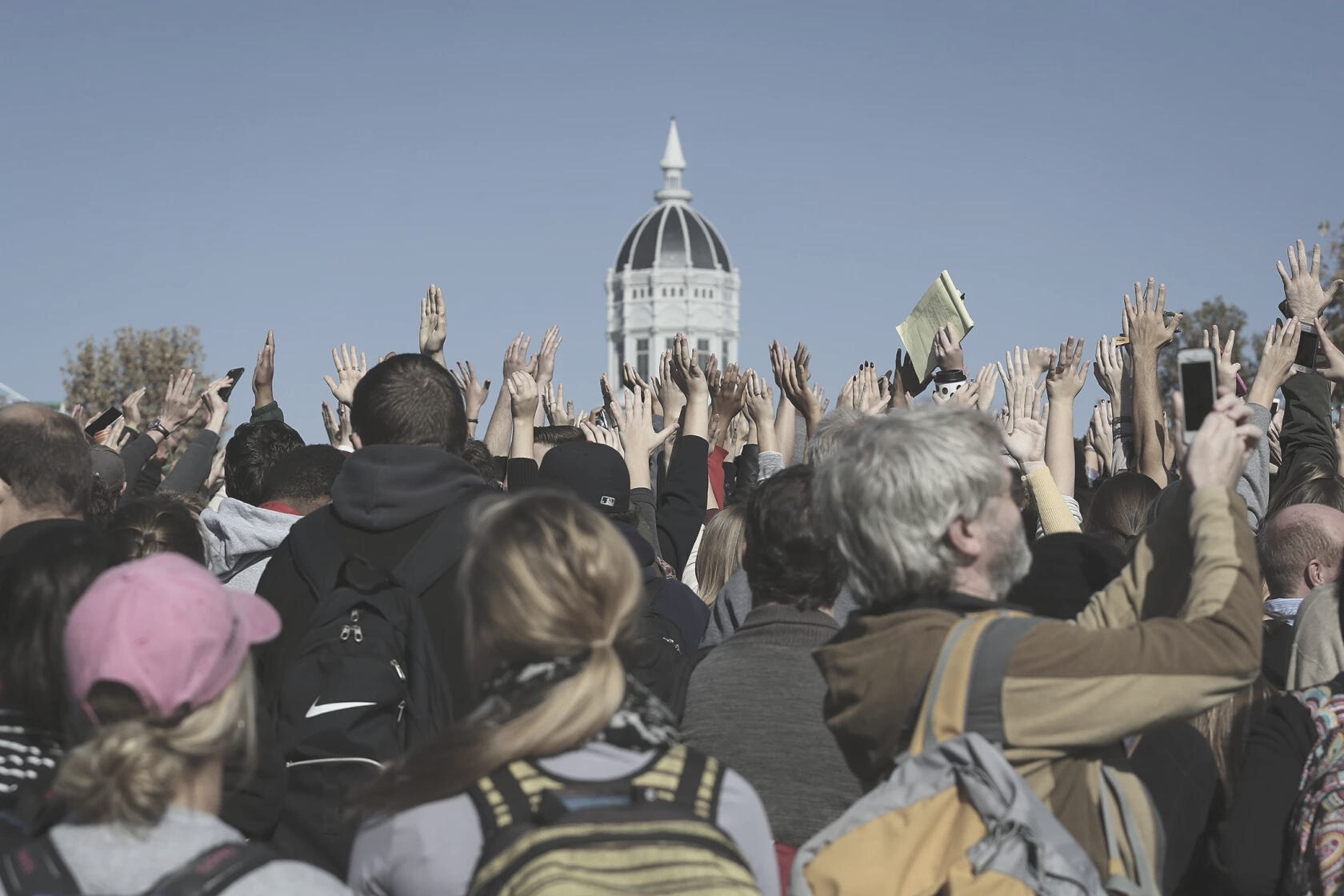
Some Words Ring Hollow
Student Activism and University Response
christina Ribbens
December 17, 2022
“The students just won.
Two kings’ heads rolled”
So said Berkley Hudson, a journalism professor at the University of Missouri, after the resignation of Mizzou's president and chancellor.
Students called for their resignation in response to several racist incidents on campus and a long history of failing to address a hostile racial climate.
They demanded the resignations and they got them. But had they won?
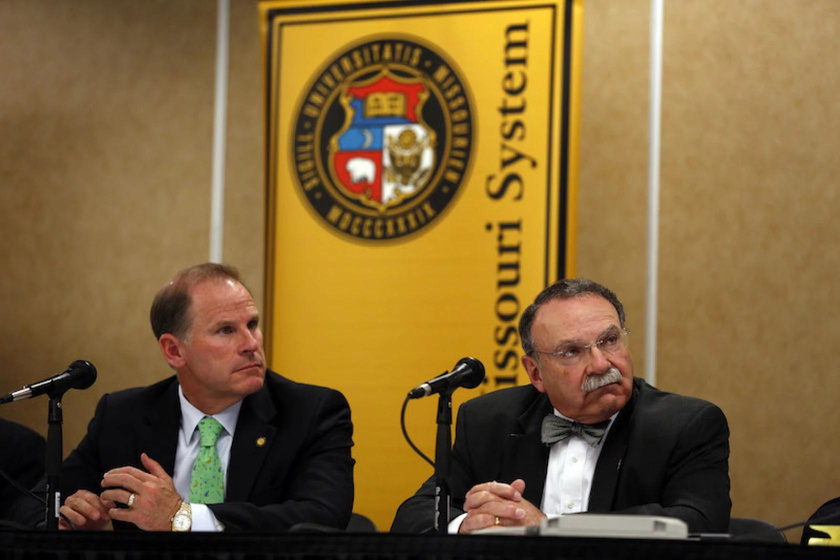
In November 2015, students on hundreds of college campuses across the US conducted sit-ins, walk-outs, and marches protesting the racial climates of their institutions. While the terms of their protests and demands were particular to their campuses, many viewed their local movement as part of a national struggle—one that began at the University of Missouri.
On September 12, Payton Head, president of the student’s association, posted the story of a group of men yelling racial slurs at him on campus. His call for Mizzou to properly handle hate crimes combined with ongoing activism in response to the killing of Michael Brown by police in Ferguson, MO and sparked nationally-covered protest.
Head's post was soon followed by protests at the homecoming parade, a hunger strike by grad student Jonathan Butler specifically asking for President Wolfe’s resignation, and culminated in a boycott by the football team.

Student on campuses across the country began protests of their own in solidarity with Mizzou.
Many of these events made local and national headlines, but the pace of change at universities is much slower than the news cycle. Did these movements cause their institutions to make substantial changes, even when the public pressure and outrage moved on to the coverage of the events of 2016 and beyond?
Case studies
Claremont McKenna College
Georgetown University
Guilford College
University of Missouri
Virginia Commonwealth University (VCU)
At each of these schools, students quickly responded to what was happening at Mizzou. Then they turned to their own administration and called for change.
At Claremont McKenna College two students began a hunger strike and more than 100 protested. They, like Mizzou students, called for the resignation of a specific administrator: Dean of Students Mary Spellmen who in October was criticized for an email exchange in which she said a Latina student “didn’t fit the CMC mold.”Over 100 faculty signed a statement supporting the protesting students.
Georgetown students gathered to protest in the central university square and conducted a sit-in outside president’s office, even joined by nearby American University students. The university had been confronted with similar issues by students the previous year, including by a Latin student group, leading to a decision in the spring of 2015 to create a new academic diversity requirement. In September 2015, Georgetown President DeGioia commissioned a group to "address the history and ramifications of Jesuit slaveholding at Georgetown."
At Guilford, students planned a walkout from classes on November 12 and a second protest on the 20th. They also started a group called Integrity for Guilford to organize their efforts to challenge school policies and culture and created an anonymous reporting form for students to share their experiences.
Students at VCU also staged a sit-in at the president's office. This followed a demonstration on campus attended by over 100 students. They specifically called attention to the lack of black counselors and faculty in conversation with the school's president. The next week students in the VCUarts program posted flyers calling for the dean to remove racist faculty
Each of these student bodies issued lists of demands to their institutions. While demands were particular to their campuses, many were shared.
Demands | Mizzou | Claremont McKenna College | Georgetown University | Guilford College | VCU |
Administrator Resignation | |||||
Faculty Diversity | |||||
Student Retention | |||||
Counseling Resources | |||||
Social Justice Centers/Multicultural Programming | |||||
Diversity Training/Curriculum |
Demands unique to Georgetown and Guilford:
Georgetown
- Rename two buildings
- A greater acknowledgement of the institution's history with slavery
- Create an African American studies department
Guilford
- Reform campus police policies
- A more transparent judicial process
- End exploitation of black student athletes
- Public apologies from specific administrators
School administrations rushed to respond to protests. Presidents and provosts sent emails assuring their student bodies that diversity was a priority at their school and admitted that they had to do better. Some, like Aashir Nasim, director of VCU's Institute for Inclusion, Inquiry and Innovation, summarized existing efforts to address these issues but admitted that they had been uncoordinated.
The official written responses were sympathetic and complementary of the students. Some administrations took action within 24 hours.
Immediate Responses

VCU
President Rao hosted a Diversity and Inclusion forum the next week, acknowledging the urgency with which diversity issues needed to be addressed. Students and faculty testified to the poor racial climate.

Claremont McKenna
Dean of Students Mary Spellman resigned within 24 hours. President Chodosh announced creation of two new administrative positions focused on diversity.
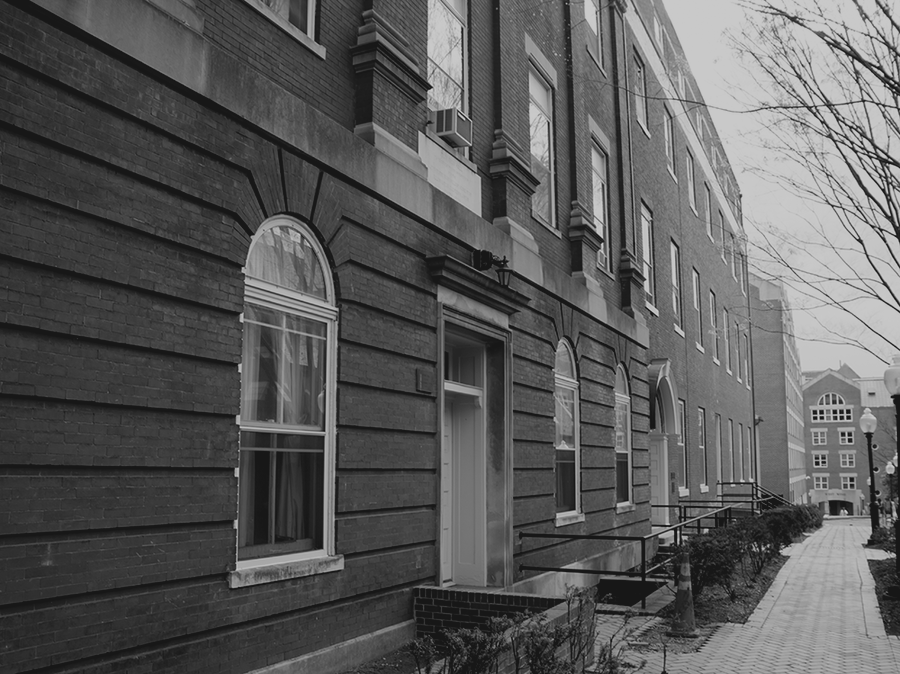
Georgetown
One day after the student sit-in, President DeGioia and board of directors agree to rename Mulledy and McSherry Halls sooner than planned.
Resignations and public forums happened quickly. But most immediate responses didn't extend beyond written statements. Were the other demands eventually met?
Mizzou
One year later
In November, 2016, Mizzou's student newspaper reported that five of eight demands had been met.
Kevin McDonald, Vice Chancellor of Diversity, Equity, & Inclusion held a media day to address what's been done and what's in the works:
- Faculty diversity: $1.3 million for recruitment and retention of minority faculty members; goal of 13.4 percent faculty of color
- Counseling resources: Two new psychologists and two interns of color hired; creation of counseling center diversity coordinator position. (CS1950 called for 14)
- Diversity training: New diversity course requirements; mandatory Citizenship@Mizzou diversity session starting with the Class of 2020
But retention of faculty of color has continued to be a struggle. Seven black faculty left during 2022.
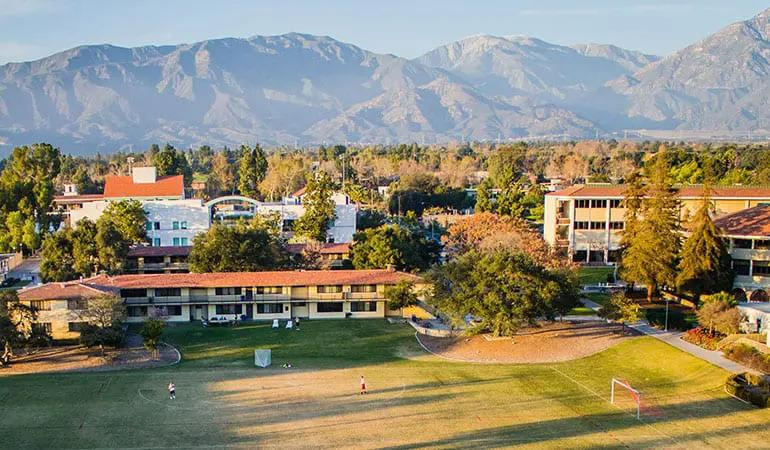
Claremont McKenna
November, 2015: Dean of Students for Diversity and Inclusion position created
Counseling resources and multicultural programming: In 2016 The Civility, Access, Resources, and Expression (C.A.R.E.) Center opened, hosting workshops to promote conversation across difference, connect students with support resources; with two full-time psychologists on staff
June, 2020, President Hiram E. Chodosh announced CMC’s Presidential Initiative on Anti-Racism and the Black Experience in America.
"When change threatens to arise, CMC’s administration drowns it in bureaucracy." Laleh Ahmad
Faculty diversity: As of February 2018, CMC had only one black faculty member, evoking more student criticism
Diversity training/Curriculum: In February 2021CMC faculty propose a curriculum update requiring students to take a class focusing on race but as of October, 2022 it has yet to be approved by the Board of Trustees
Georgetown
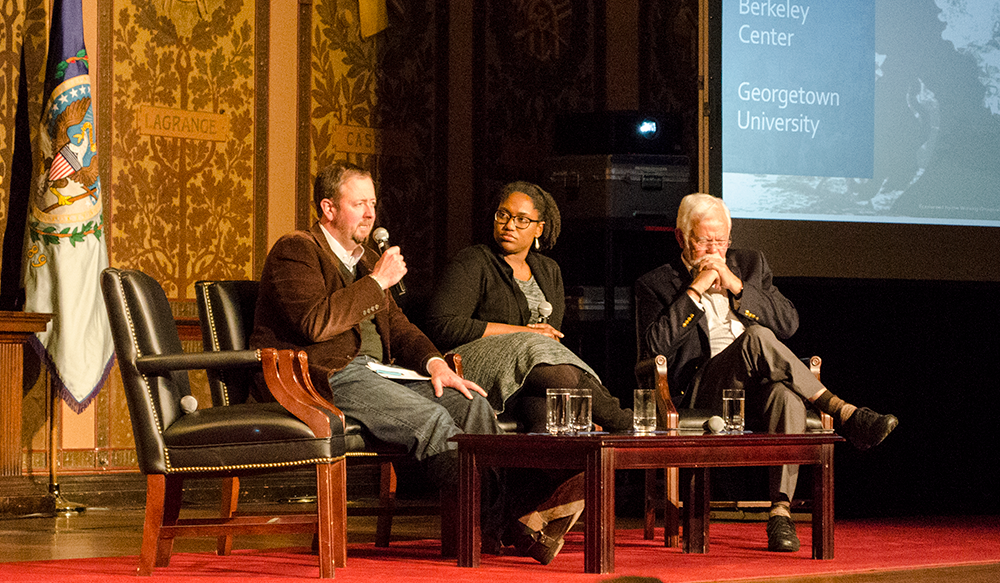
Building names
September 2015: President DeGioia announced intention to rename Mulledy Hall and McSherry Hall
November 2015: In response to student protest, buildings temporarily renamed Independence and Freedom Hall
April 2016: Permanently renamed as Isaac Hawkins and Anne Marie Beecraft Hall
New department
June 2016: After several failed attempts to turn an interdisciplinary department into a focused department, the Department of African American Studies is created.
Acknowledging history
April 2017: GU held a Mass titled “Liturgy of Remembrance, Contrition and Hope” to formally apologize for its role in slavery. For information on this ongoing area of research and advocacy, read more here.
"This discussion didn’t just start with Mizzou…This has been an issue that we’ve been dealing with because, as black students, we don’t feel comfortable with the name of that building" Latazia Carter
Guilford College
Campus police
April 2016: The Public Safety department reported hiring a woman of color; their director committed to increase training and reporting transparency
multicultural center
2017: The Office of Diversity, Equity and Inclusion is established with goals of providing training and resources for students and staff, hosting speakers, and connecting the efforts of other centers on campus like the Intercultural Engagement Center and the Title IX and Equal Opportunity Office.
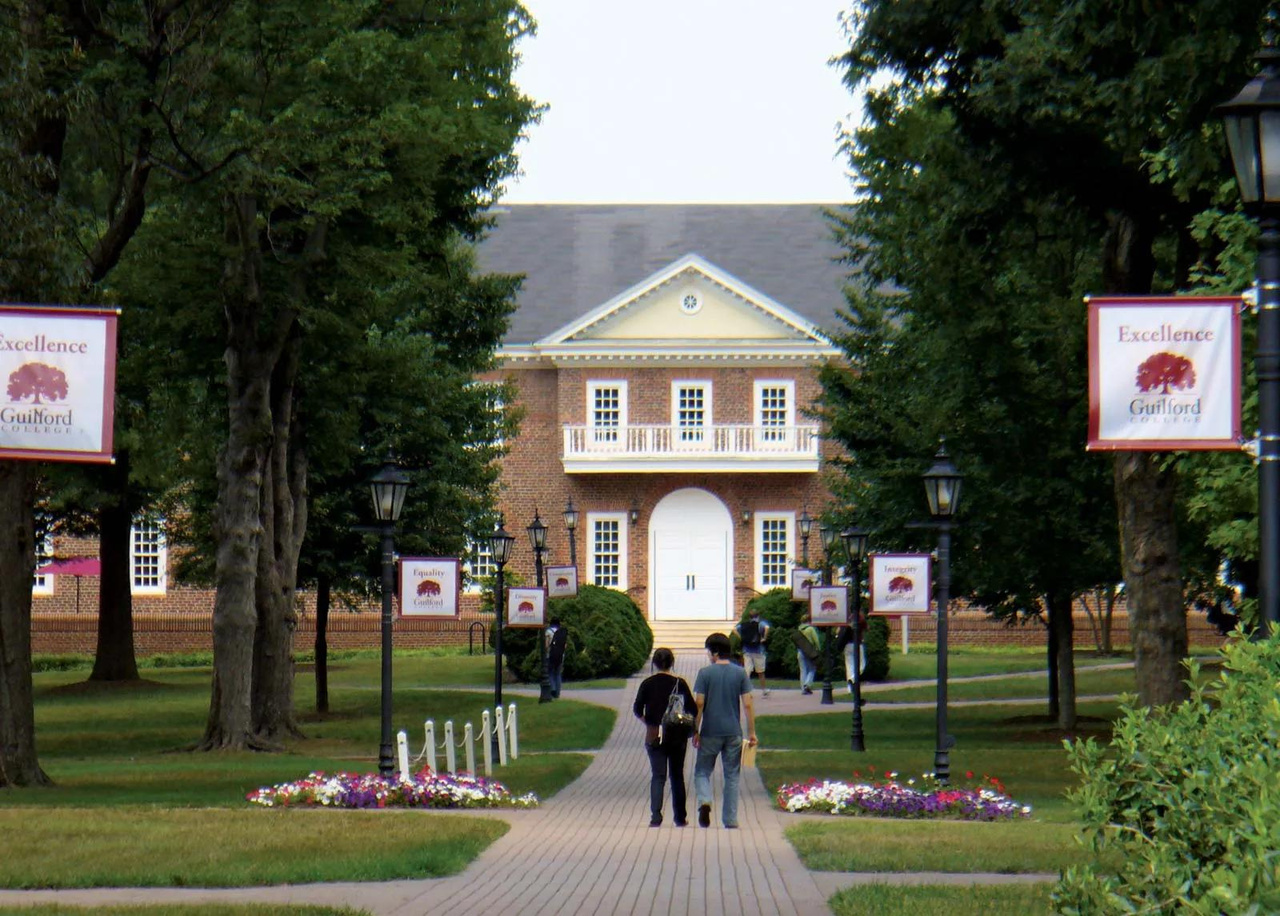
“What we heard a lot of last year was that we were divisive, because we’re calling attention to difference as opposed to … pretending that these things aren’t happening.” Olivia Chalkley

"...we are keenly aware that a diverse student body does not ensure the existence of a welcoming, inclusive and dynamic learning community."
Wanda Mitchell, VP for Inclusive Excellence
VCU
DIversity training
March, 2016: VP of Inclusive Excellence reported that members of university leadership were completing cultural competency training
FAculty support
2016: VCU joined the National Center for Faculty Development and Diversity giving minority faculty access to career resources and support
REporting and assessment
2016: The university began conducting campus-wide diversity climate surveys every 18 months
February, 2020: The Office of Institutional Equity, Effectiveness and Success published a report on black faculty. Found that the number of black faculty increased from 105 (4.98%) in 2013 to 136 (6.22%) in 2018
There's no doubt that schools responded to these protests in some way. Administrators issued press releases acknowledging that they had work to do to improve their campus racial climate. Some took immediate action, resigning or advancing the timelines of previous initiatives.
In the course of the next year, new diversity-focused staff positions and centers were created. In some places where progress stalled, the swell of activism after the killing of George Floyd in the summer of 2020 caused a new wave of presidential initiatives and university vision statements.
What has proven slower to address are demands around faculty diversity and curriculum change. And what is more difficult to measure is the effect of things like multicultural centers and diversity training—are they addressing the issues at the core of what the students were confronting?
At each of these schools, the events of November 2015 took place in the context of decades of activism and criticism, and those efforts will be renewed and redirected with each new generation of students.
So, did the students win?
Want to learn more?
The research for this story came from a few key sources
University of Missouri
Claremont McKenna College
Georgetown
Guilford
National perspective
More to it?
Were you involved in any of these events? Anything we missed or got wrong?
We'd love to hear from you!
help tell the story
